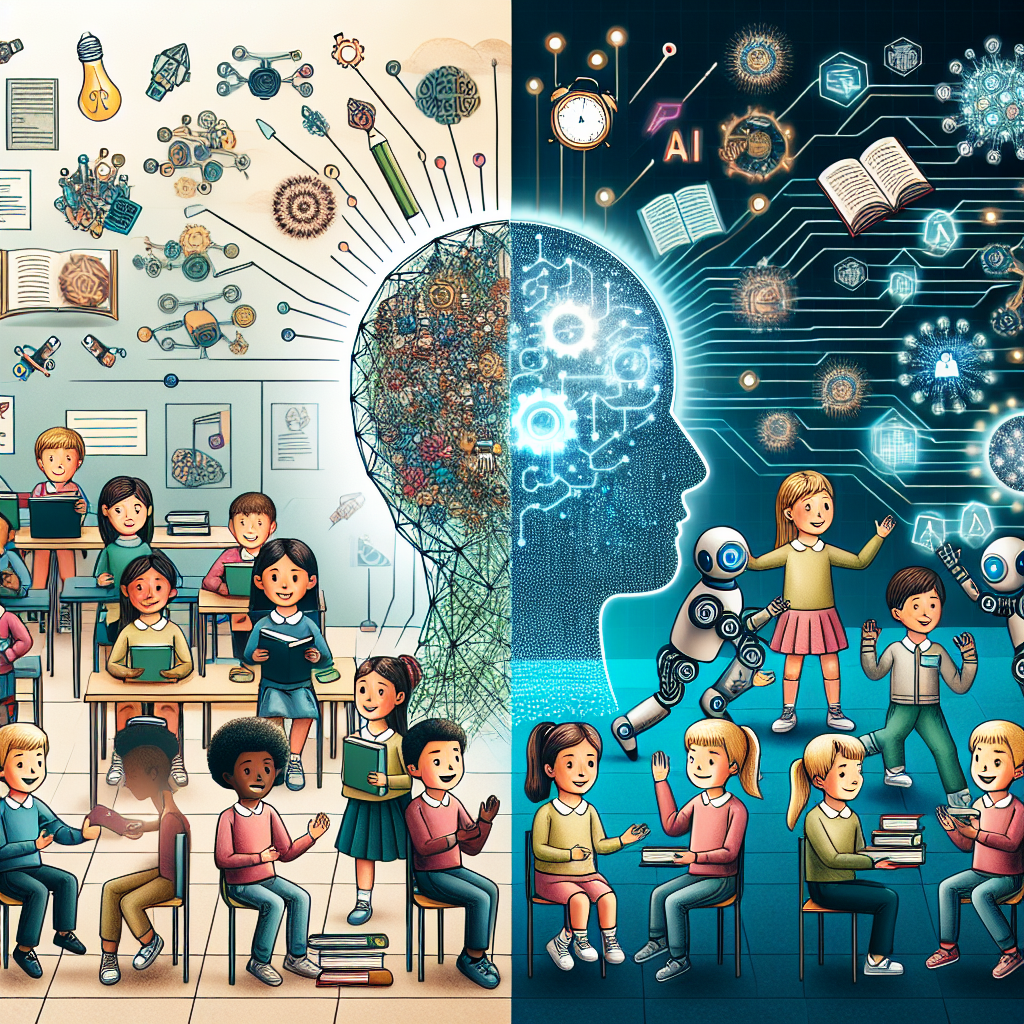Artificial Intelligence (AI) has the potential to revolutionize education by improving access, personalizing learning experiences, and enhancing student outcomes. However, as with any technological advancement, there are both opportunities and challenges when it comes to AI and educational equity. In this article, we will explore how AI can help promote educational equity, as well as the potential pitfalls that must be addressed to ensure that all students have equal access to the benefits of AI in education.
Opportunities for AI in Promoting Educational Equity
1. Personalized Learning: One of the key benefits of AI in education is its ability to personalize learning experiences for students. AI algorithms can analyze student data and adapt learning materials to meet the unique needs and learning styles of each individual student. This can help bridge the achievement gap by providing targeted support to students who may be struggling academically.
2. Access to Resources: AI can also help improve access to educational resources for students in underserved communities. For example, AI-powered tutoring programs can provide additional support to students who may not have access to traditional tutoring services. Additionally, AI can help make educational materials more accessible by providing translations, audio descriptions, and other accommodations for students with disabilities.
3. Early Intervention: AI can help identify students who may be at risk of falling behind academically at an early stage, allowing educators to intervene and provide targeted support before it’s too late. This can help prevent students from slipping through the cracks and ensure that all students have the opportunity to succeed in school.
Challenges for AI in Promoting Educational Equity
1. Bias in AI Algorithms: One of the biggest challenges when it comes to using AI in education is the potential for bias in AI algorithms. If not properly trained and monitored, AI systems can perpetuate existing inequalities by reinforcing stereotypes or discriminating against certain groups of students. It is important for developers to be vigilant in addressing bias in AI algorithms to ensure that all students are treated fairly.
2. Data Privacy Concerns: Another challenge with AI in education is the issue of data privacy. AI systems rely on vast amounts of student data to make personalized recommendations, but there are concerns about how this data is collected, stored, and used. It is crucial for schools and educators to prioritize student privacy and ensure that sensitive data is protected from unauthorized access.
3. Unequal Access to Technology: Finally, there is a risk that AI in education could exacerbate existing inequalities in access to technology. Not all schools have the resources to implement AI-powered programs, which could widen the gap between affluent and disadvantaged students. It is important for policymakers to prioritize equity in technology access and ensure that all students have the opportunity to benefit from AI in education.
Frequently Asked Questions
Q: How can AI help promote educational equity?
A: AI can help promote educational equity by personalizing learning experiences, improving access to resources, and providing early intervention for students at risk of falling behind academically.
Q: What are some challenges to using AI in education?
A: Some challenges to using AI in education include bias in AI algorithms, data privacy concerns, and unequal access to technology.
Q: How can bias in AI algorithms be addressed?
A: Bias in AI algorithms can be addressed by ensuring that developers are vigilant in monitoring and correcting for bias in their systems. This may involve diversifying training data, testing algorithms for fairness, and implementing transparent decision-making processes.
Q: What steps can schools take to protect student data privacy when using AI?
A: Schools can protect student data privacy by implementing strong data security measures, obtaining parental consent for data collection, and ensuring that data is only used for educational purposes.
Q: How can policymakers ensure that all students have access to AI in education?
A: Policymakers can ensure that all students have access to AI in education by prioritizing equity in technology access, providing funding for technology implementation in schools, and promoting inclusive practices in the development and use of AI systems.

